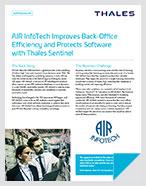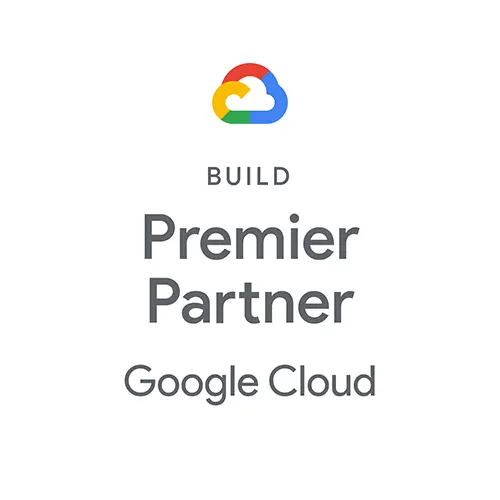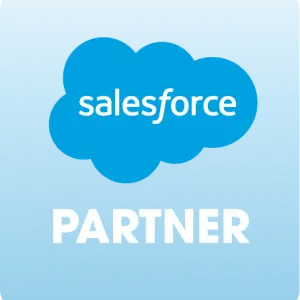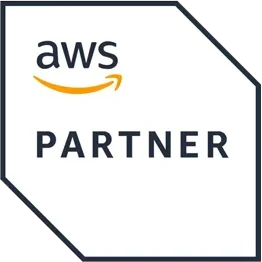What Is Software Piracy & How To Prevent It?
Software piracy occurs when people copy, sell, share, or distribute software illegally. Acts of software piracy can vary from a limited case of installation of a single-user license on multiple computers to a more chronic problem of widespread online distribution. Regardless of the rationale or delivery method, and no matter if it is done intentionally or accidentally, any misuse or illegal use of a product is software piracy.
What are the types of software piracy?
There are five main types of software piracy. Some are frauds perpetrated on a grand scale while others are committed by people who may not even realize their actions are criminal.
Counterfeiting
Counterfeiting is usually what people think of when they hear the term “software piracy.” Counterfeiting is the illegal reproduction and distribution or sale of copyrighted material. Counterfeiters have become so sophisticated that it can be hard for users to distinguish between genuine and counterfeit products, especially when they find near-identical copies of packaging, manuals, license agreements, registration cards and security features alongside the copy of the software program.
Internet Piracy
Internet piracy occurs when software is downloaded from any site other than the publisher’s official distribution stream. Among the typical sites are peer-to-peer networks, auction sites that offer counterfeit or outdated software, and websites that give users free software downloads in exchange for other software.
End-User Piracy
End-user software piracy occurs when an unauthorized individual makes copies of a piece of software. This includes copying programs for installation or distribution, using a single license copy to install a program on multiple computers, using restricted/non-retail software without the proper license or taking advantage of upgrade offers without having a legal copy of the software to upgrade.
Hard Disk Loading
Hard disk loading happens when a business installs unauthorized copies of software onto the hard disks of any computers it sells. This sort of software piracy is done as an “incentive” to encourage the end-user to buy their software or get their upgrades from that for the end-user to buy the hardware from that particular hardware dealer.
Client-Server Overuse
Client-server overuse is software piracy that happens when the number of users of a particular piece of software exceeds the number of licenses. It occurs when a program is installed on a local area network accessed by multiple users at the same time without putting any restrictions on the number of people using the software in place.
Sentinel Solutions to Prevent Software Piracy
At Sentinel, we offer a range of innovative solutions that offer a complete answer for how to prevent software piracy and enable software and technology vendors to increase software revenue as well as reduce operating costs. Through software security and licensing enforcement, Sentinel software licensing technology provides software publishers control and visibility into how their applications are deployed and used, while enforcement of licensing terms and conditions provides vendors software protection from unauthorized use or distribution of their products.
In addition to reducing the risk of software piracy, software security and software licensing solutions provide the capability to easily offer a variety of license models to flexibly price and package products creating new revenue opportunities and enhancing customer satisfaction.
Sentinel RMS
Sentinel RMS is a robust license enablement and enforcement solution focused on scalable and flexible license management for applications deployed in medium- to large-scale enterprise networked environments.
Sentinel LDK
Sentinel LDK is an out-of-the-box software protection, licensing, and entitlement management system that allows you to reduce revenue loss due to software piracy and protect the IP software that provides your competitive edge.
Sentinel Fit
Sentinel Fit is ideal for embedded systems, supporting virtually all possible boards and microcontrollers available today and is free from CPU and operating system constraints. Sentinel HL Hardware Keys Sentinel HL (formerly Sentinel HASP HL) keys enable you to take full advantage of forward compatibility with our next generation software licensing solution – Sentinel LDK.
Software Piracy Myths and Facts
1. Software piracy is a victimless crime
Nothing could be further from the truth! According to industry statistics, software piracy costs developers worldwide over $60 billion a year in lost revenues, with more than $10 billion lost in North America alone. In Central and Eastern Europe, an average of 61% of the software in use is illegal and in some Asia Pacific and Eastern European markets, 90% of software is unlicensed, making it clear why focusing on anti-piracy software is so important.
2. Software copy protection makes software more expensive
Let’s flip this myth on its head. The price of software piracy prevention is negligible compared to the losses incurred by software piracy. By putting software piracy prevention measures in place, developers increase their revenues. This means they can supply better software at competitive prices, which sounds like a win-win for everyone. Not everyone who commits software piracy would rush to buy the software if there were software piracy prevention in place. We’ll also admit that copy protection may put off a few customers, however, in almost all cases, investing in software protection increases sales and profit.
3. Software copy protection impedes legitimate users
Another myth! The new, more sophisticated types of software copy protection don’t hinder legitimate end-users. In fact, they only benefit them. Anti-piracy software safeguards the integrity of the software and assures end-users it is tamper-proof. This is important for all users but especially for large organizations that are liable for the software they purchase. Often, the users request software piracy prevention, which ensures products cannot be used illegally, which could harm the organization - and its reputation.
4. Inexpensive software is not copied
In the mistaken belief that no one bothers to copy cheap software, some people believe that instead of focusing on anti-piracy software, companies should just make software cheaper. But this price argument doesn’t work. The most copied programs are actually the cheaper ones. Software development requires a huge investment of time and money and this work never ends. Developers must upgrade and improve their products to ensure ongoing competitiveness and relevancy.
5. Any protection system can be cracked, therefore, anti-piracy software is useless
Only the first part of this statement is true. It’s true any software protection system can be cracked, just like any lock can be picked. However, this argument misses the purpose of software copy protection. Any form of software piracy prevention will not protect a product forever. It can, however, protect it for “long enough,” until the publisher releases a new version of the product (complete with improved anti-piracy software measures). This assures a long and profitable sales life for the protected application and keeps the software pirates at bay.




